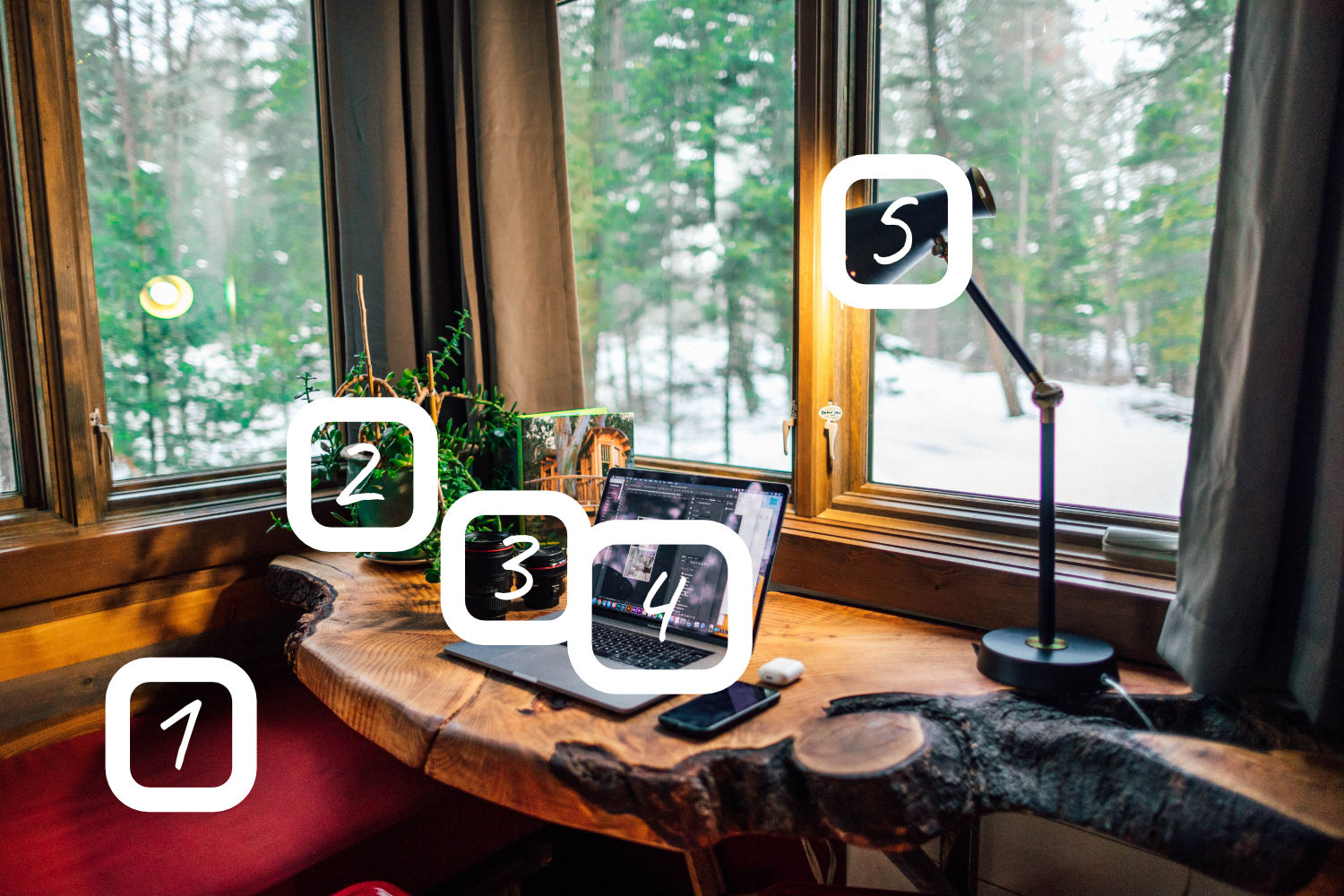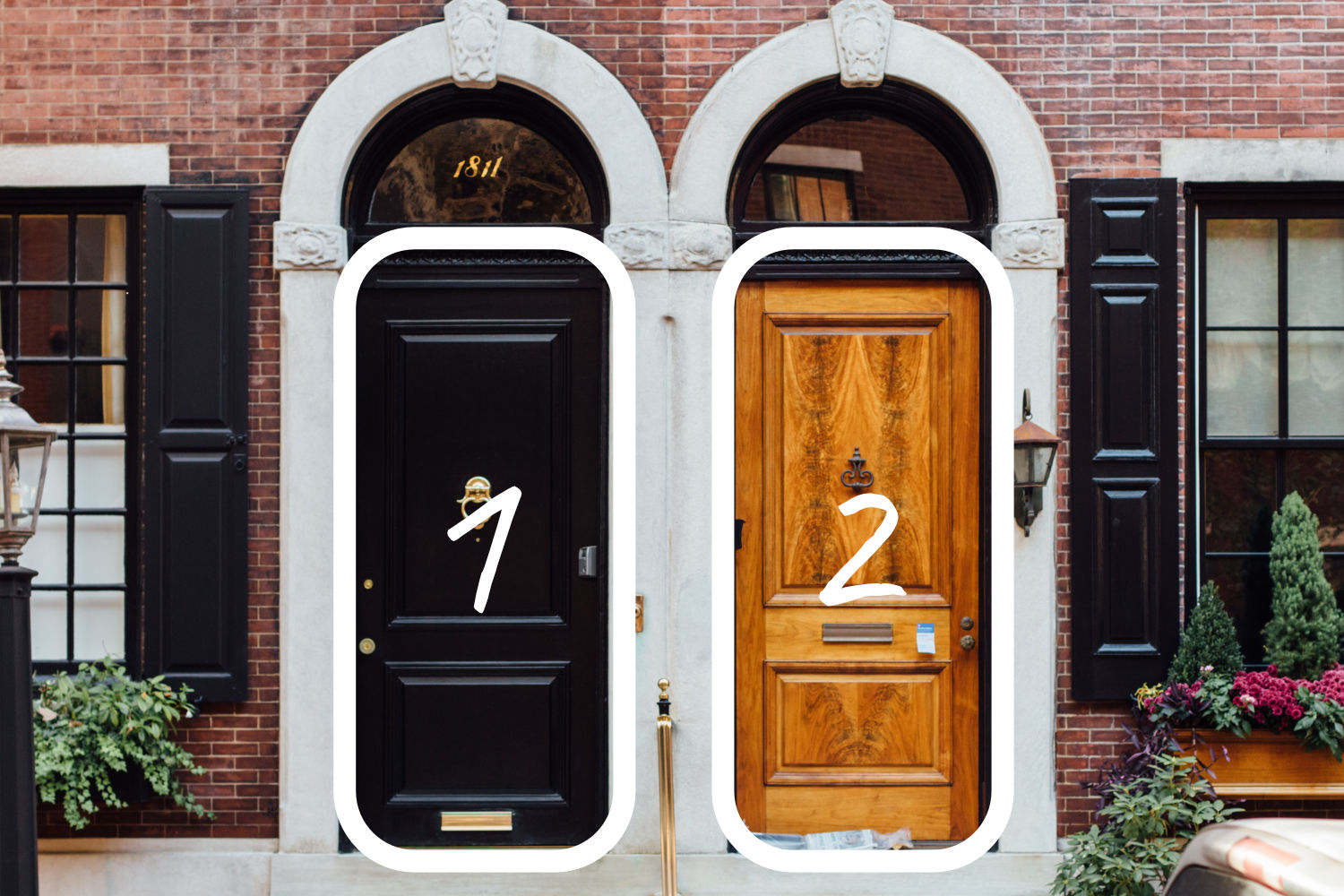Hack your Mind: Remember Everything
Mon, May 11, 2020
helicopter, electric range, Newfoundland, albino, retrovirus, wheelbarrow, battery, tractor, fox, hypotenuse, slender, elm, stone, harmony, lint, banana, ladder
It took me 40 seconds to remember this sequence and I could repeat it months after I learned it. It’s from an episode of “The Mentalist” (Season 7 Episode 3 at 10:10). It showed me the real power of a technique called “Memory Palace”.
I found remembering always a very tough and slow process. And if I learned something by heart, I would lose it eventually.
Then BBCs “Sherlock” and “The Mentalist” introduced me to the memory palace or mind palace. I tried it and immediately fell in love. I was able to memorize scary quantities of knowledge in short periods of time.
It’s been several months and I am now using it to remember almost everything.
And you can too!
The Memory Palace
The idea is to connect information/knowledge with a specific location that you know. This method is so effective that it is used by many memory champions.
We remember images/locations way better than something else. So the goal of the memory palace is always to create images. Because these are better to remember.
By using this method you create an imaginary journey on which you place the data along. A certain locus (location) in a room or an image links to a piece of information (encoded as an image).
At first, we choose an image or room which you can place your data in. Any image will work, but If you can’t think of a picture, then use a room you know (your desk, your room, a restaurant you love).
As I wanted to save a password in the palace I choose an image of a desk with a computer:

Use a picture that has a connection to the data you want to save. This is not necessary, but helps your brain remember.
Next, we want to create our imaginary journey and place loci in our image.
When you set loci in your room, take the following into account:
- Always place the loci in the same order in every one of your rooms (e.g. place the loci always from left to right)
- The location of a locus has to feel good.
- Your eye must be caught by the loci.
So as an example I placed five loci in the desk room:

Close your eyes look through your room and walk your route.
Do you remember every locus? Do you remember the right order of the loci? Change it, if needed. Walk your route backward and check again.
Did everything work? If not, here are some extra tips:
- Avoid to set a locus at a location where you don’t immediately see him (in my example: under the desk).
- If you take a picture of your room, you should be able to see all your loci at once.
- Avoid setting two loci at places that look almost identical.
The Example: Remembering a secure Password
I’ve seen tutorials explaining this by teaching you how to remember 100 digits of pi. And although this is a nice trick, I wanted to use a more real-world example.
Everyone needs at least one password. Why not remember a secure password?
Secure Passwords may need an article itself. But most experts agree on this simple advice: A long simple password is more secure and better to remember than a short complicated one. Illustrated by this XKCD Comic.
To construct such a password the EFF wrote a Word List and an article about that.
As an example, I’ve come up with this password: alphabet, bartender, showroom, train, umbrella
Now you have to associate these words with images. In this case this is not a very difficult task as these words are very graphic itself.
Picture the piece of data always in action and let it interact with the locus it sits in.
Let’s look at the story I have created:

- I associate the alphabet with Google (parent company) and a letter soup. I chose the letter soup which is poured all over the couch.
- A bartender is pouring vodka into the plant to water it.
- A tiny showroom lights up the two lenses.
- A train is shattering through the computer’s screen out of the 3D program.
- As it’s raining indoors the lamp needs an umbrella.
Sounds crazy and/or funny? Perfect.
The funnier the image the easier it’s to remember it.
Test
Remember the sequence at the beginning of this article? Ready for a test?
helicopter, electric range, Newfoundland, albino, retrovirus, wheelbarrow, PAUSE
battery, tractor, fox, hypotenuse, slender, elm, PAUSE
stone, harmony, lint, banana, ladder, PAUSE
Read it slowly and while you are reading: Associate any word with something and connect it to the last word. I added pauses ("PAUSE" about 5 seconds) which are also in the original TV episode. Use them.
After you finished reading, close your eyes and try to repeat it.
Worked? You created an memory palace all by yourself.
Multiple Rooms
Now that you have an understanding of memory palace, let’s take it one step further. How can I save more than only one thing in a palace?
In my example, I have saved the first password in the “desk room”. Let’s create a room that connects to the “desk room”. I call it “hub”.

I set two loci:

I connect locus #1 from the hub mentally to the “desk room”. So if I step through this door (locus #1), we will be in the “desk room”. Think of the locus as a Portkey from Harry Potter. It will teleport you to another room.
Again for better memorization, a “portkey” should have something to do with the room it connects to. In this case, I would place a big old PC as a door knocker at locus #1.
You can set the second locus in our hub to another room/memory palace e.g. with a second password.
The schematics of an advanced memory palace will then look something like this. Each dot represents a Room and a line represents a locus that connects two rooms.

When creating your own memory palace, you don’t have to start with your “hub”. You can start by creating any room and then connecting it.
FAQ
How do I delete something?
This is no problem. Don’t use the locus. Your mind has an integrated automatic garbage collector. It will automatically forget.
Do I have to walk through my entire palace to get to a piece of data e.g. a password?
No. Your mind will automatically take you to the exact location. You connect memory palaces because it will be harder to forget something. Additionally, you will know if you lost something, as the specific loci will be empty.
Outlook
I found the memory palace a very powerful technique. If it works for you, use it!
As you use this system, you will become more powerful and brave. You will be able to pack a lot of information into a single room. As an example, I have packed a whole lecture of study into two rooms. In the future, you will probably pack a password in a single locus instead of a whole room.
Interested? Want to learn more about that topic? Here is a site that I found incredibly helpful, but can become a bit overwhelming: Art of Memory.
Questions, Feedback, Want more?
Want another article from me on that topic? Questions? You didn’t understand something? Feedback? Please Ask/Write me on Twitter.
In this context a quote from Kevin Kelly’s 68 Bits of Unsolicited Advice:
Kevin Kelly"Don’t be afraid to ask a question that may sound stupid because 99% of the time everyone else is thinking of the same question and is too embarrassed to ask it.